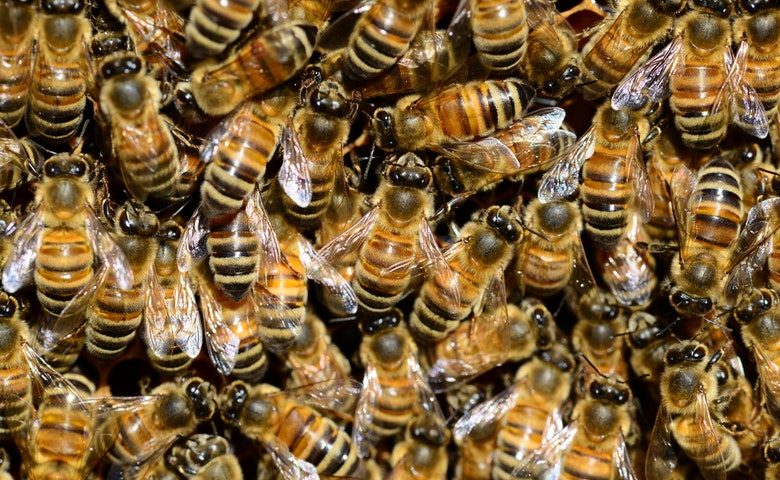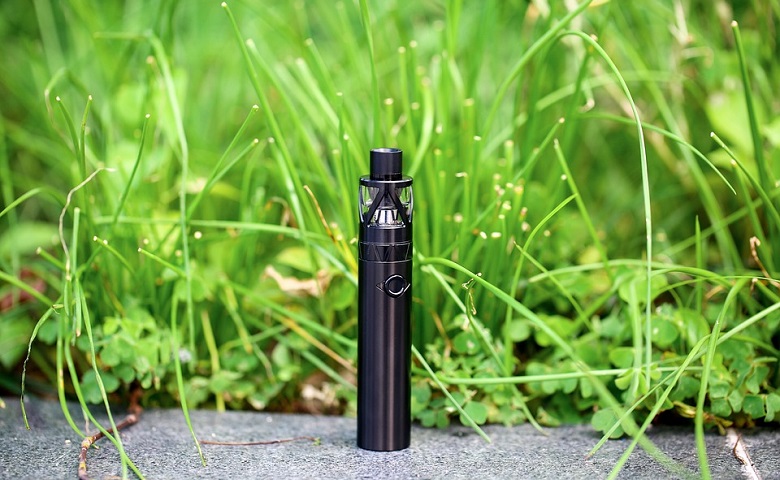What to Do If You Find Honeybees Swarming in Your Yard

No matter what’s your favourite honey; Manuka Honey, Jarrah honey, Clover honey, Buckwheat Honey or any other honey, they all have something in common. They are made from honeybees. Honeybees live in a complex social environment. At the top of the pyramid is the queen who produces the eggs. Her worker bee attendants are responsible for the care of the brood (young bees) and the queen. Then, most workers collect the pollen for honey production, tend to the nest, and defend the colony. Only the drone bees are male. Drones reproduce with the young queen once then fly off. When the hive becomes overcrowded, the hive divides in half. One half prepares to start a new colony — then they swarm.
When they find a new home in your yard, you have a problem more complex than you might think.
How To Get The Honeybees To Move On
Homeowners often attempt to destroy the swarm with little or no success. It is best to watch at a good distance. They may just be resting and soon to move on, but if they start moving into a structure or yard, it’s time to call a professional. With honeybees that have established themselves in a structure, the solution becomes more problematic.
Homeowners may use pesticides specifically for killing the honeybees in place (more often available to professionals). If pesticides are used, the bees dying in the structure will decompose, causing a foul odor. Additionally, moisture can liquefy from the decay and leak into and through walls. Watering them down, or trying to use a pesticide, most often only irritates the swarm.
Watering down the swarm does little; after all, honeybees live through storms, and over-the-counter watered-down pesticides don’t work. When used, few honeybees are killed, and only professionals can use the regulated pesticides that can destroy the swarm. However, once one understands honeybees better, there is a better solution — relocate the swarm.
The Value of Honeybees
Honeybees are beneficial for agriculture, and the honey they produce is above $325 million in value. The most significant benefit of these “pests” is agriculture. According to the USDA, Honeybees are crop pollinators adding “…$15 billion in added crop value.” Up to a third of fruits and vegetables produced in America are pollinated by bees. Recent decades have seen an unfortunate decline in bee populations. According to the FDA, “…their future and the future of the dependent agricultural economies are perilous.”
Honeybees are attracted to flowering plants to harvest nectar for honey production at the colony. They draw the nectar into a specialized stomach, and later the bee will deposit it for the other worker honeybees. In turn, the workers dehydrate the nectar in honeycombs, producing honey and will seal the honeycombs in time. While collecting nectar, the honeybee collects pollen on their hairy legs flying from flower to flower, inadvertently depositing pollen.
Honey has many health and energy benefits and can help to innoculate people against local plant allergens. There are many kinds of honey, like Australian Manuka honey, that offer sweet flavoring in a manner more healthy than processed sugars.
The Solution
Given the decline in honeybee populations, heavy restrictions on using pesticides, and impacts on agriculture, the best solution is to move the swarm. The honeybees can be taken to an unpopulated area or, better yet, to a beekeeper’s hive. The honeybees soon acclimate. Removing honeybees from a residence is perilous and can be dangerous without proper equipment. Beekeeping smocks cover the whole body and have a hood with a fine mesh mask. Smocks, gloves, and leggings keep the individual moving the swarm safer. Professionals have many ways to contain a swarm. Many use disposable cardboard boxes and trash bags. Also, there are specialized collecting containers with baffles connected to vacuum lines that safely collect the bees. Once captured and taken to a new home, everyone wins. The honeybees live on to benefit land crops and produce honey. Homeowners take the smart and environmentally sound approach and get their homes back.
















